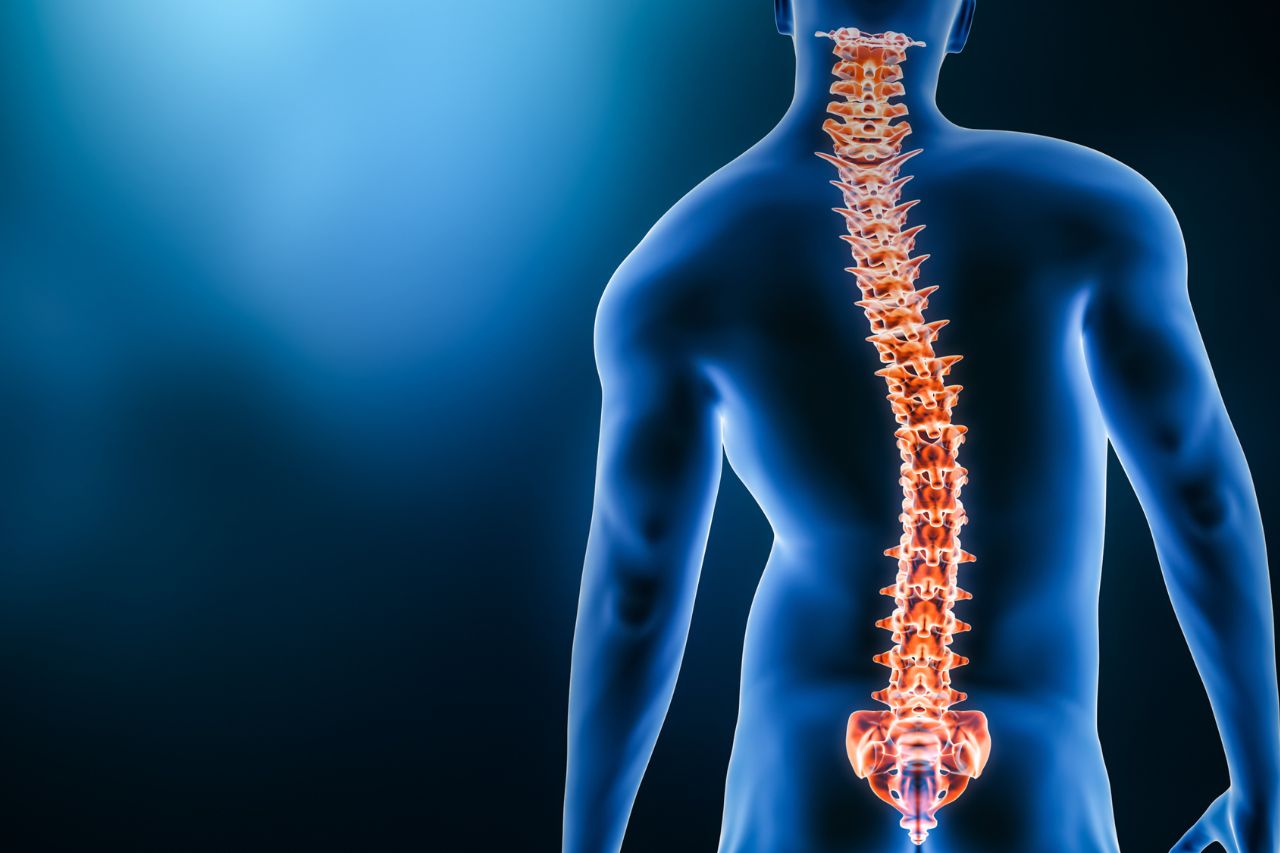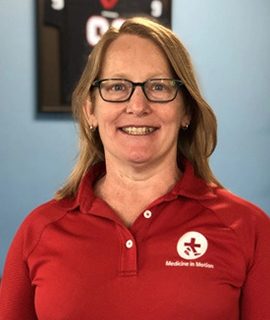Understanding the Basics of Scoliosis
Scoliosis is a medical condition characterized by an abnormal, sideways curvature of the spine. It predominantly affects those in their early adolescence, with females being about eight times more likely to progress to a curve magnitude that requires treatment.
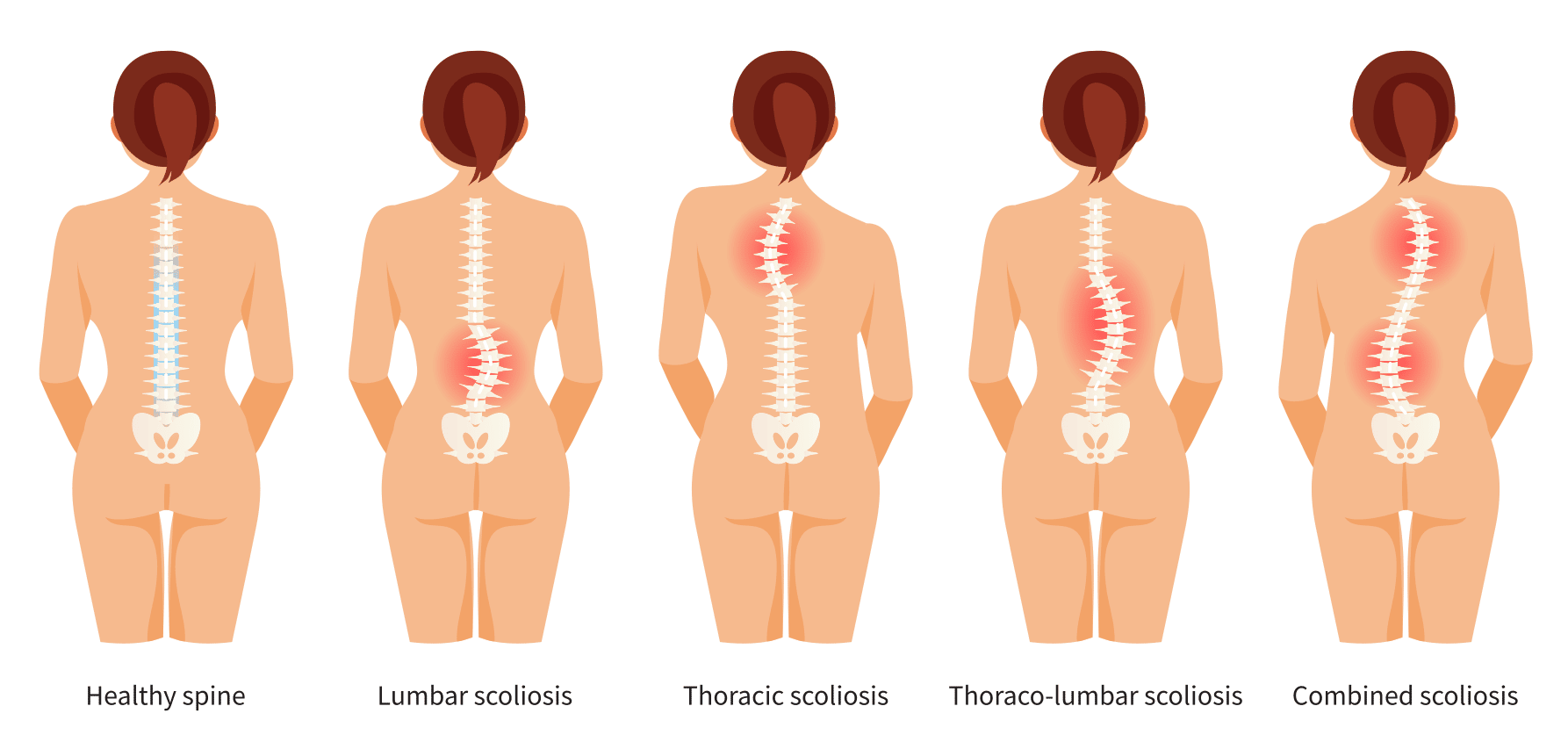
The two most common types of scoliosis are idiopathic, which means without known cause, and neuromuscular, which is related to conditions like cerebral palsy or muscular dystrophy.
The history of scoliosis treatment dates back to Hippocrates in 400 BC. However, significant advancements such as bracing and surgical techniques have only been made in the last few decades.
Prevalence and Demographics
According to the American Association of Neurological Surgeons, scoliosis affects 2-3% of the population, amounting to an estimated six to nine million people in the United States. As mentioned earlier, it is more prevalent in females during puberty.

Identifying Scoliosis: What You Need to Know
Scoliosis, a condition characterized by an abnormal lateral curvature of the spine, often manifests through several common signs and symptoms. These include uneven shoulders, a prominent shoulder blade, or an uneven waist. Some people may even have one hip higher than the other.
The Importance of Early Detection
Early detection of scoliosis is crucial as it can prevent progression and mitigate complications. It allows for timely intervention, which can significantly improve the prognosis and quality of life for the patient.
Tools and Methods for Diagnosis
Diagnosis typically involves a physical examination, followed by imaging tests such as X-rays, MRIs, or CT scans. The Adam’s Forward Bend Test is a common screening method.
Misconceptions about Detection
Contrary to popular belief, scoliosis is not caused by carrying heavy backpacks or poor posture. It is also important to note that early detection does not mean prevention, but it does allow for effective management of the condition.
Conclusion
Scoliosis is a complex condition, but with early detection and proper management, individuals can lead active and healthy lives. Awareness of common symptoms and understanding the importance of early detection can greatly assist in managing this condition.
Exploring the Causes of Scoliosis
Understanding the causes of scoliosis can be complex, as they often vary from person to person. Let’s delve into four major causes.
-
- Genetic Factors: Research shows that scoliosis can run in families, indicating a strong genetic component. Certain gene mutations can cause scoliosis.
- Congenital Causes: Some individuals are born with abnormal spinal development, known as congenital scoliosis.
- Neuromuscular and Systemic Diseases: Conditions such as cerebral palsy, muscular dystrophy, or Marfan syndrome can cause scoliosis.
- Idiopathic Scoliosis: This is the most common type of scoliosis. In many cases, the cause remains unknown, hence the term ‘idiopathic’.
Understanding the root causes of scoliosis can help in its early detection, which is crucial for effective treatment.
Assessing the Impacts of Scoliosis
Scoliosis, a condition characterized by an abnormal curvature of the spine, can have a profound impact on an individual’s life. These impacts range from physical complications to psychological challenges, and can greatly affect one’s quality of life and long-term health.
Physical Effects and Complications
Scoliosis can lead to various physical complications, including chronic back pain, respiratory issues, and decreased physical functionality. The Scoliosis Research Society provides more detailed information about these complications.
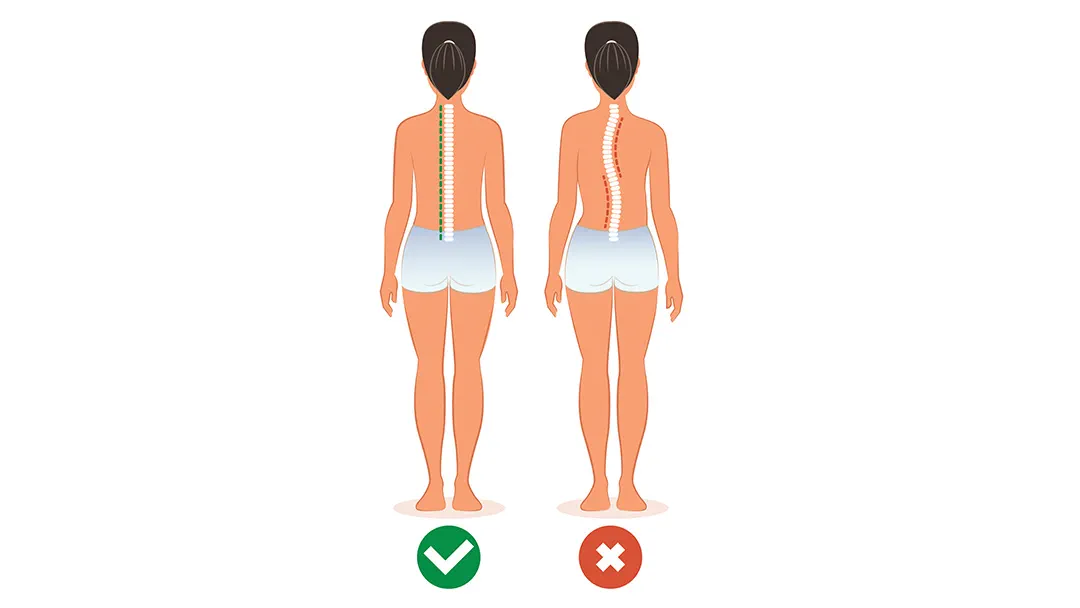
Psychological and Social Implications
Dealing with a visible physical difference can lead to psychological and social challenges. Individuals may face self-esteem issues, social stigma, and even depression. The US National Library of Medicine provides a comprehensive study on this topic.
Impact on Quality of Life
The physical and psychological effects of Scoliosis can significantly impact an individual’s quality of life, affecting their ability to partake in activities they enjoy and live a fulfilling life.
Long-term Health Risks
Long-term health risks of Scoliosis include heart and lung damage, chronic pain, and physical disability. More about these risks can be found at the Mayo Clinic’s website.
Treatment Options for Scoliosis
When it comes to treating scoliosis, options range from non-surgical interventions to surgical procedures. The choice depends on the severity of the curve and the individual’s overall health status.
Non-surgical Interventions
Non-surgical treatment for scoliosis often involves the use of braces and physiotherapy. Braces aim to prevent the curve from worsening, while physiotherapy helps improve muscle strength and flexibility.
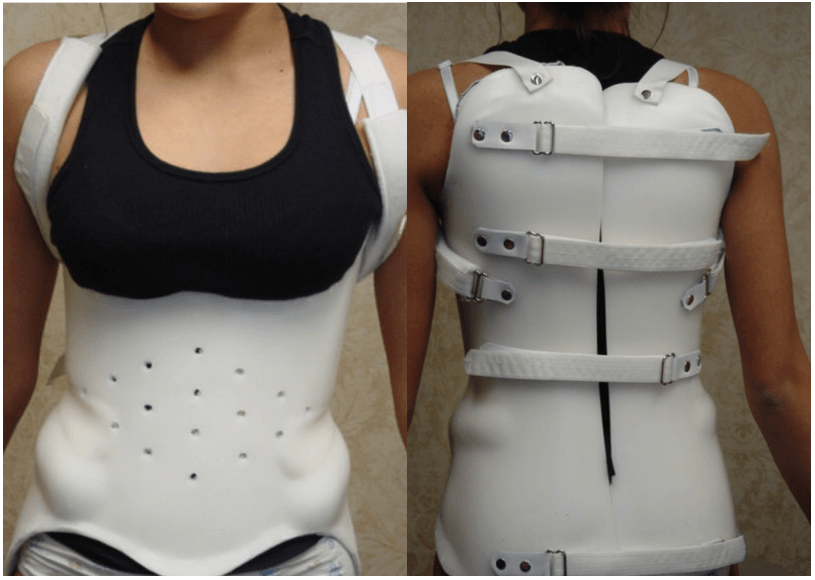
Surgical Interventions
In severe cases, surgery might be necessary. The type of surgery depends on the curvature of the spine, age, and overall health. It’s crucial to understand the risks and benefits before making a decision.
Lifestyle Changes and Self-care
Healthy lifestyle choices can play a significant role in managing scoliosis. Regular exercise, maintaining a healthy weight, and proper posture can help reduce discomfort.
Emerging Treatments and Research
Emerging treatments and research in the field of scoliosis are promising. They aim to improve existing treatment methods and find new ones.
Living with Scoliosis: A Comprehensive Guide
Living with scoliosis often demands key modifications in daily life. Ergonomic considerations in routine activities can reduce discomfort and prevent the condition from worsening. This may include using supportive seating and practicing good posture.
Exercise and Physical Activity Considerations
Scoliosis doesn’t mean an end to physical activity. In fact, exercise plays a crucial role in managing this condition. Therapeutic exercises, such as the Schroth Method, can improve posture, relieve pain, and slow progression of the curve.
Coping Strategies and Support
Emotional support and coping strategies are equally important. Connecting with support groups, either locally or online, can foster a sense of community and provide practical advice.
Personal Experiences and Stories
Many individuals have successfully adapted to living with scoliosis. Their stories can inspire, offer hope, and provide practical insights.
The Role of Healthcare Professionals in Scoliosis Management
Effective management of scoliosis involves the concerted efforts of multiple healthcare professionals, each playing a pivotal role.
a. The Multidisciplinary Team Approach
For scoliosis patients, a multidisciplinary team approach is crucial. This involves primary care physicians, orthopedic surgeons, and rehabilitation specialists like physiotherapists and occupational therapists. Each professional contributes uniquely to patient care and treatment.
b. Role of Primary Care Physicians
Primary care physicians are the first contact for scoliosis patients. They diagnose, monitor progress, and refer to specialists when needed. They also play a role in the overall health management of these patients.
c. Role of Orthopedic Surgeons
Orthopedic surgeons specialize in treating spine deformities like scoliosis. They determine surgical intervention necessity based on the severity and progression of the curve.
d. Role of Physiotherapists and Occupational Therapists
Post-surgery, physiotherapists and occupational therapists aid in rehabilitation. They design exercise programs to improve mobility and strength, and help patients adapt to daily living activities.
For a more comprehensive understanding, I recommend the addition of an illustrative chart depicting the roles of various healthcare professionals in scoliosis management.
Looking to the Future
Current research and studies are making significant strides in understanding scoliosis. The focus is on identifying genetic factors and biomechanical pathways that lead to this condition. These studies serve as the foundation for future therapeutic innovations.
Advances in technology and treatment, like the development of 3D spinal imaging and minimally invasive surgical techniques, are revolutionizing scoliosis management. These advancements provide more accurate diagnoses and improved patient outcomes.
Advocacy and awareness efforts are also a vital part of the future landscape. Organizations such as National Scoliosis Foundation are continuously working to spread awareness, provide support and promote research.
With these advances in research, technology, and advocacy, the future prospects for individuals with scoliosis are promising. The goal is not only to manage the condition effectively but also to enhance the quality of life for those affected.
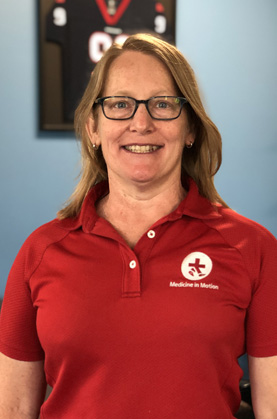
Dr. Martha Pyron is a recognized sports medicine physician and the founder of Medicine in Motion, an Austin-based practice specializing in comprehensive medical care for active individuals and athletes. An active contributor to her field, she uses her extensive experience as a former collegiate athlete to aid her patients and develop innovative care strategies. Beyond her clinical practice, Dr. Pyron is known for her involvement in the local athletic community and her commitment to promoting health and fitness.


